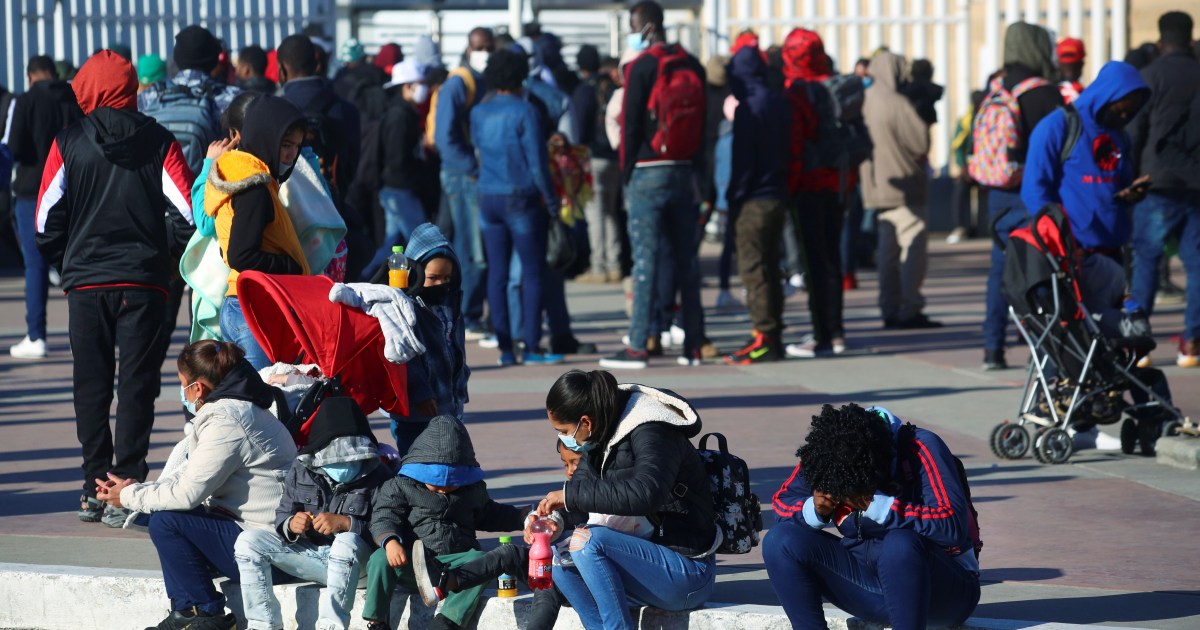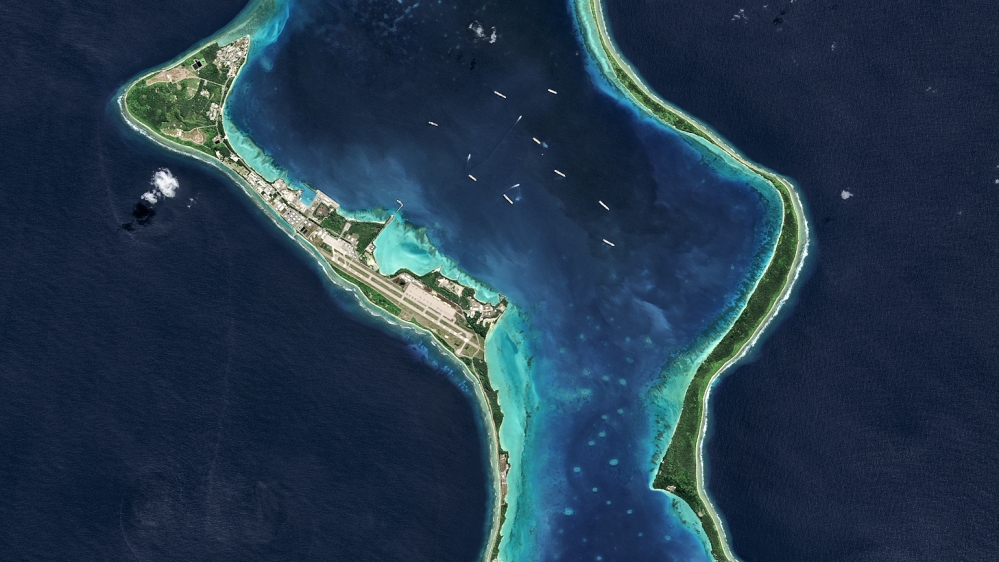Strict protocols to stay in effect in many First Nations even as Ontario eases them, NAN grand chief says
Strict protocols will remain in northern First Nations dealing with COVID-19 outbreaks, even as Ontario continues with its reopening due to improving pandemic conditions in much of the province, according to Nishnawbe Aski Nation (NAN) Grand Chief Derek Fox.
Five NAN communities are in a state of emergency due to outbreaks across Ontario’s north.
“The move to lift restrictions may be justified based on data from some areas of the province, but this decision does not consider the significant impacts that will be experienced by our communities,” Fox said in a written statement.
Now, community leaders and health officials are trying to understand how much longer it’ll take for the north to catch up with the rest of the province.
“Before the Omicron surge, we were about total 230 cases,” said Dr. Lloyd Douglas, the top public health physician for the Sioux Lookout First Nations Health Authority (SLFNHA). “Since the Omicron surge, we have had over 1,000 cases in the region. So since the end of December, until now, we can see that drastic increase in cases.”
The health authority covers 33 First Nations across the northwest, the majority of them in NAN territory. As of Thursday, all the communities in the health authority catchment area remain under a regional lockdown first implemented Dec. 30.
“What we’re finding is yes Omicron is a threat to our communities but it does … cause major disruptions at the community level in terms of day-to-day services,” Douglas said in an interview with CBC News on Tuesday.
“Communities with high numbers of cases, they do need that support and they do … need that level of co-ordination and assistance.”
Strict protocols have been enacted in many of our communities and will remain in effect at the discretion of local leadership.– NAN Grand Chief Derek Fox
As of Thursday, 651 active cases of COVID-19 were reported in 25 NAN communities, according to the political organization, which represents 49 First Nation communities across Treaty 9 and Treaty 5 northern areas.
The high number of cases reported in the region are a concern, as many First Nations across NAN territory and beyond manage inequities in health-care access and infrastructure, leaving some at increased risk of severe COVID-19 outcomes.

“Strict protocols have been enacted in many of our communities and will remain in effect at the discretion of local leadership,” Fox said. “Our communities are self-governing, and their decisions regarding pandemic restrictions do not have to be made in step with the province.
“The decisions made by our leaders are final and must be respected by everyone concerned.”
Talks coming on how to ease restrictions
The NAN statement said their COVID-19 Task Team is collaborating with health authorities and tribal councils to support communities as they determine how to ease their restrictions and move from a crisis response to a longer-term response.
Douglas also told CBC News that while the SLFNHA area is not ready to ease restrictions with the rest of the province, conversations about safely reopening will start soon and will be up to regional leadership.
“While we have to begin the discussion about how we are going to live with COVID, we also have to really look at our context and make the right recommendations.”
Douglas said a key part of gaining a better understanding of the COVID-19 situation in the north, and particularly in the SLFNHA catchment area, depends on keeping up with testing, and case and contact management.
He said testing capacity across the region has been built up over the last two years and remains strong. He said access to rapid tests has also helped, in addition to molecular testing.

Health officials across Canada recently moved away from using only COVID-19 case counts as a reliable indicator of the spread of the Omicron variant. But these numbers are critical in small, remote First Nations, even if patients do not need emergency care.
“We are doing this because we really want to identify individuals who are most vulnerable,” Douglas said. “Some communities have relatively low vaccination coverage rates and we know that individuals are vulnerable … we want to find out as quickly as we can if that person has COVID-19.”
Douglas said outbreak responses have also been adjusted as the Omicron surge unfolds across the remote northwest, and have largely been informed by the recent outbreak in Bearskin Lake First Nation.
He said new incident command practices and the redeployment of health authority staff has been key in getting “boots on the ground” quickly to understand significant COVID-19 situations while communities wait for government response.




